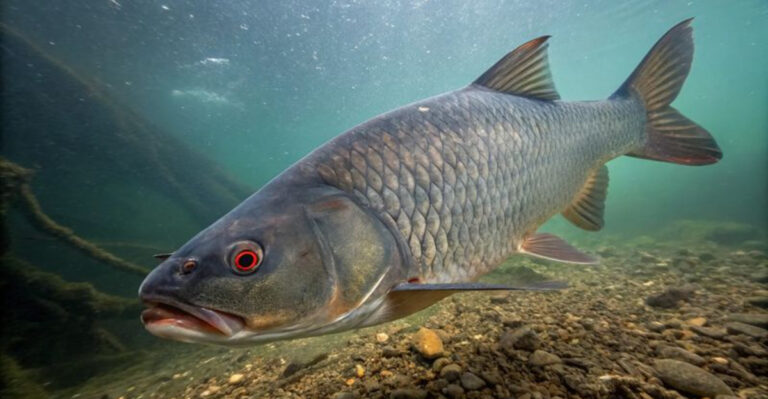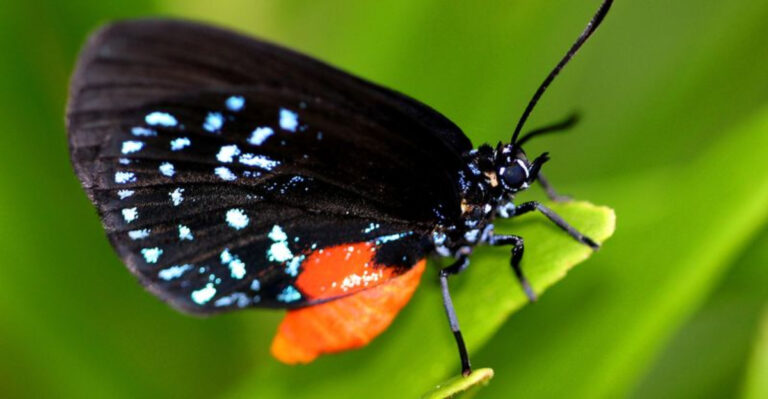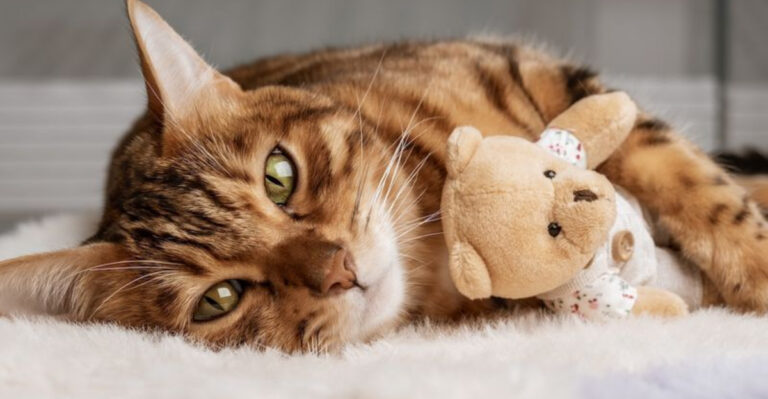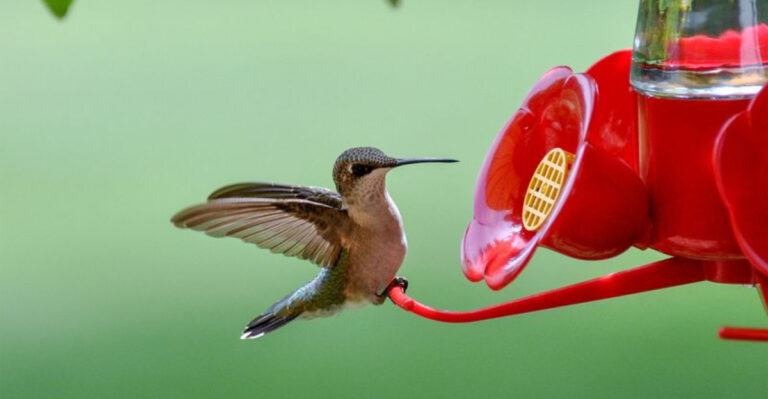Rare Endangered Amur Tiger Cubs Born At Roosevelt Park Zoo

Roosevelt Park Zoo recently welcomed a miracle – the birth of rare Amur tiger cubs! These magnificent creatures represent hope for their critically endangered species, with fewer than 500 remaining in the wild.
The arrival of these adorable cubs marks an incredible achievement for conservation efforts and provides a unique opportunity for the public to learn about these majestic animals.
1. A Historic Birth: First Amur Tiger Cubs At Roosevelt Park Zoo
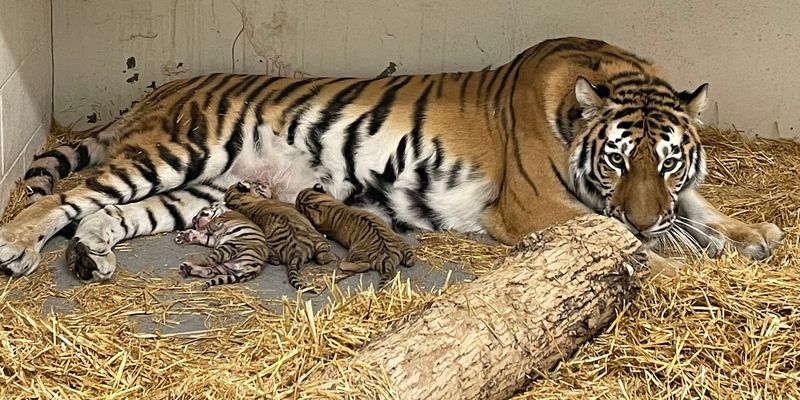
Roosevelt Park Zoo made history when their female Amur tiger gave birth to the first-ever tiger cubs at the facility.
The momentous occasion came after years of careful planning and participation in the Species Survival Plan. Staff celebrated this breakthrough while acknowledging the significance for both the zoo and global conservation efforts.
2. Endangered Status: Why Amur Tigers Need Our Protection

Fewer than 500 Amur tigers remain in the wild today.
Poaching for traditional medicines and habitat destruction have pushed these magnificent creatures to the brink of extinction.
Each new cub represents precious genetic material that might someday help reestablish wild populations, making these births crucial lifelines for the species’ future.
3. The Amur Tiger’s Natural Habitat
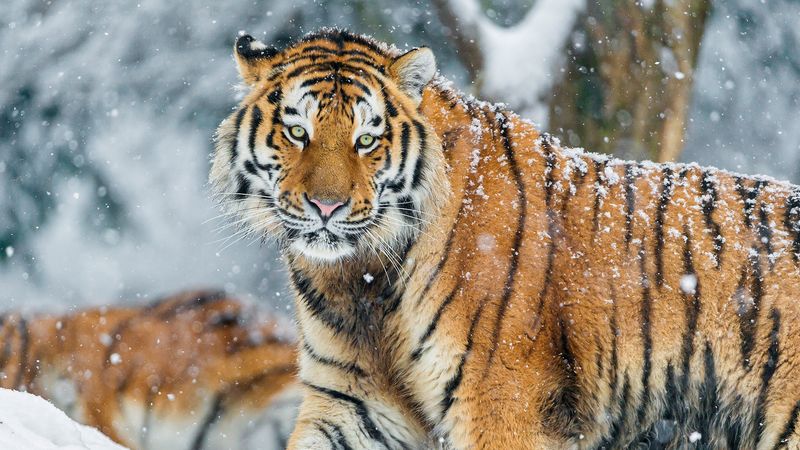
Amur tigers roam the snow-covered forests of Russia’s Far East, where temperatures plummet to -30°F.
Their thick fur and layer of fat provide essential insulation against brutal winters. Unlike other tiger subspecies, these northern cats claim vast territories spanning hundreds of square miles, allowing them to track scarce prey across remote wilderness.
4. Unique Features Of Amur Tiger Cubs
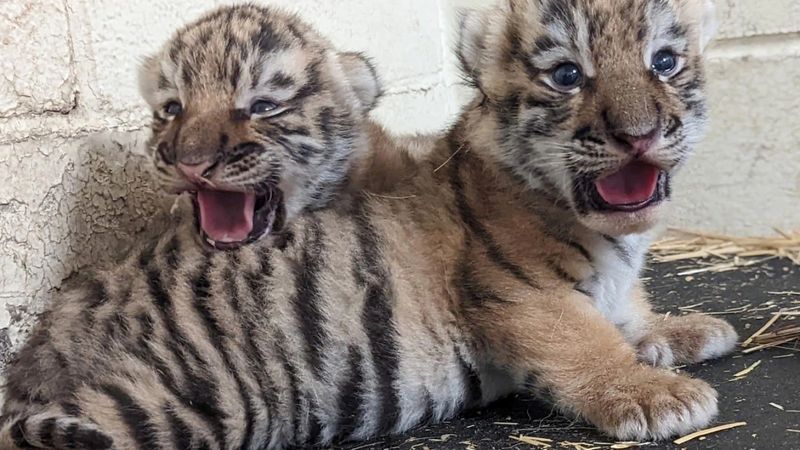
Born blind and completely dependent, Amur cubs weigh just 2-3 pounds – about the size of a house cat!
Their distinctive pale fur darkens as they mature, eventually developing the iconic orange coat with wider, more widely-spaced stripes than other tiger subspecies.
Their round faces and oversized paws hint at the impressive 600-pound predators they’ll become.
5. The Vital Role Of Zoos In Amur Tiger Conservation
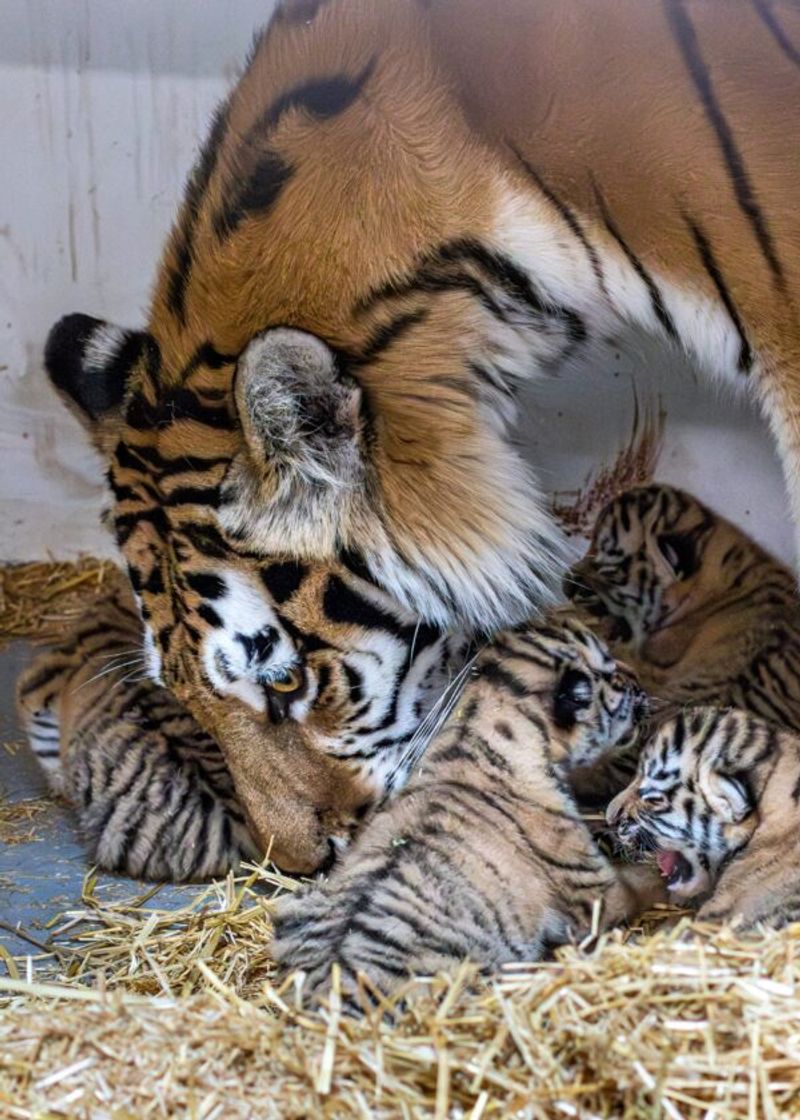
Roosevelt Park Zoo joins an elite network of facilities dedicated to saving Amur tigers from extinction.
Through coordinated breeding programs, these institutions maintain genetic diversity crucial for species survival.
Beyond reproduction, zoos fund anti-poaching efforts, habitat protection, and cutting-edge research that directly benefits wild tigers facing increasing threats.
6. How Amur Tigers Differ From Other Tiger Species
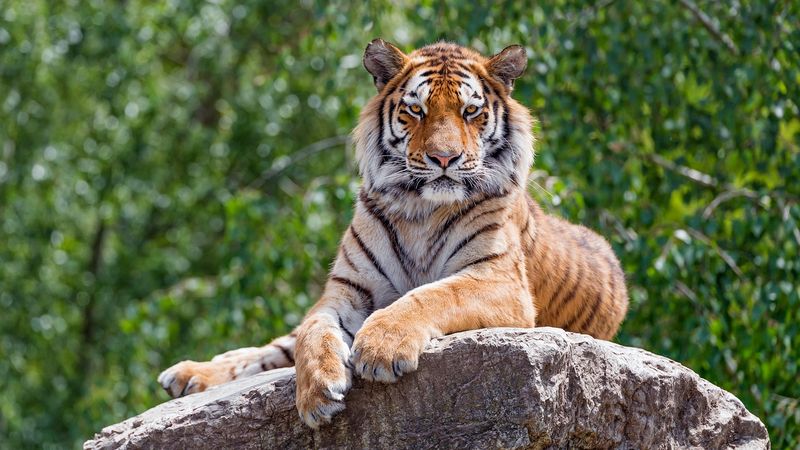
Amur tigers reign as the largest big cats on Earth, outweighing their Bengal cousins by over 100 pounds! Their pale orange coats feature fewer, wider stripes – perfect camouflage for northern forests.
With extra fur around their necks and faces plus a thick layer of fat, these cold-weather specialists evolved specifically for life in brutal Siberian winters.
7. The Cubs’ Parents: The Strength Of The Amur Tiger Pair
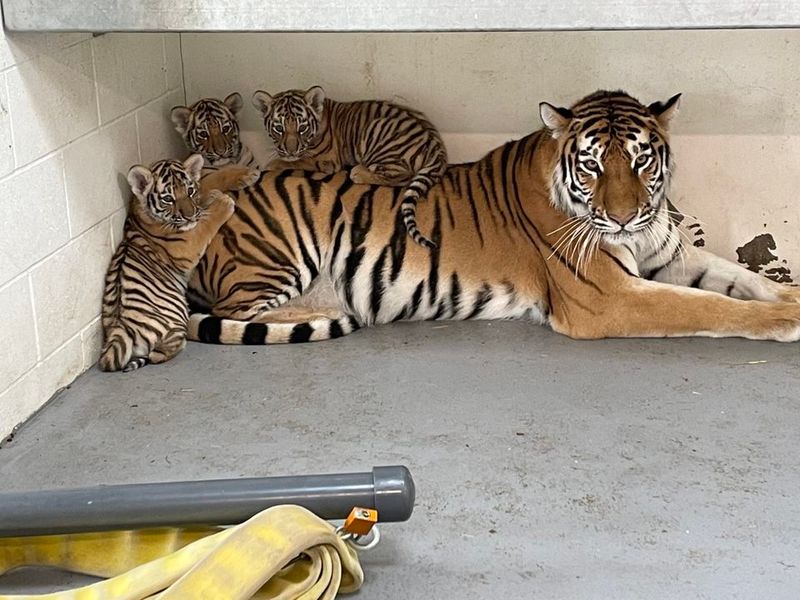
Zoya and Viktor, the proud tiger parents, were carefully matched through genetic analysis by conservation specialists.
Zoya, a seven-year-old female with exceptional hunting instincts, demonstrates remarkable maternal care.
Viktor’s impressive size and gentle temperament complement her perfectly. Together, they represent the best hope for passing valuable genetic traits to future generations.
8. Breeding Programs: How Zoos Help Sustain Endangered Species
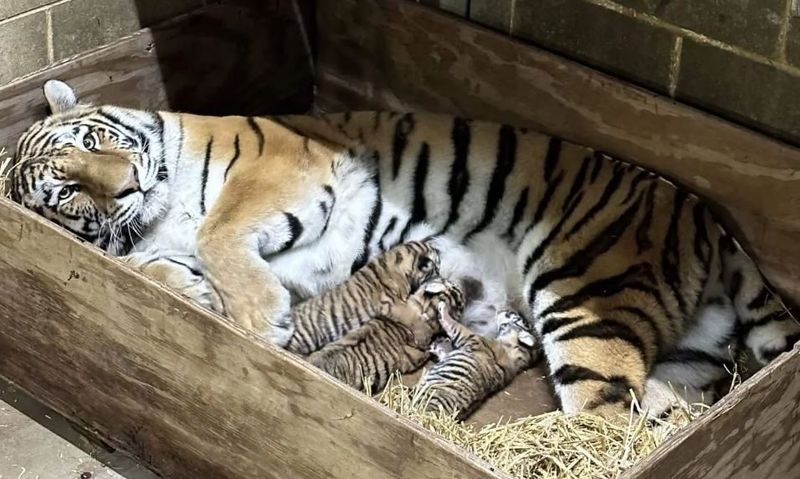
Behind these adorable cubs lies a sophisticated international breeding network spanning 230 zoos worldwide. Genetic algorithms identify optimal mating pairs to prevent inbreeding and maximize diversity.
This collaborative effort maintains a healthy captive population as insurance against extinction, while simultaneously developing techniques that help wild tigers thrive despite mounting environmental pressures.
9. How Amur Tiger Cubs Are Cared For In Their Early Stages

Zoo veterinarians monitor the cubs’ development through remote cameras, minimizing human contact during crucial bonding periods.
Weekly health checks track weight gain, temperature regulation, and reflex development.
Though mother’s milk provides perfect nutrition initially, specially formulated meat supplements gradually introduce the cubs to adult diets as they grow into their powerful predator heritage.
10. The Cubs’ Development: Milestones In Their Growth

Tiger cubs open their eyes around seven days after birth, revealing striking blue irises that later change to amber.
By three weeks, wobbly first steps evolve into playful pouncing as critical hunting behaviors emerge naturally.
These developmental milestones follow precise timelines – from nursing to meat consumption, from mother-dependency to growing independence – each stage carefully documented by excited zoo staff.
11. The Role Of Genetic Diversity In Conservation

Each adorable cub carries a genetic blueprint vital for species survival.
Conservationists analyze DNA samples to map their lineage against the entire captive population. This meticulous record-keeping prevents inbreeding depression that weakens immune systems and reproduction.
By maintaining genetic diversity, these cubs become living reservoirs of biological resilience for their endangered species.
12. Challenges Of Raising Amur Tiger Cubs In Captivity
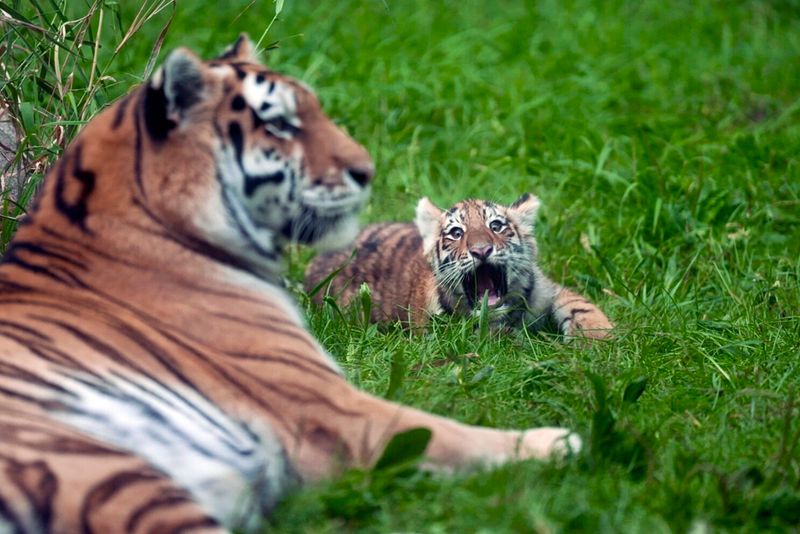
Balancing human care with natural development presents zookeepers with daily dilemmas.
Too much interaction disrupts vital mother-cub bonding and impairs future breeding potential. Yet intervention becomes necessary if health issues arise.
The staff must also design enrichment activities that stimulate hunting instincts while ensuring the cubs develop proper social behaviors essential for their role in conservation.
13. Amur Tigers In The Wild And The Threats They Face

Wild Amur tigers battle multiple threats to their existence.
Poachers target them for traditional Asian medicines, where their bones and organs fetch astronomical prices.
Logging operations fragment their hunting territories, while climate change alters prey availability.
Human settlements encroach deeper into tiger habitat yearly, creating deadly conflict situations when these massive predators encounter people.
14. The Importance Of Public Awareness In Conservation
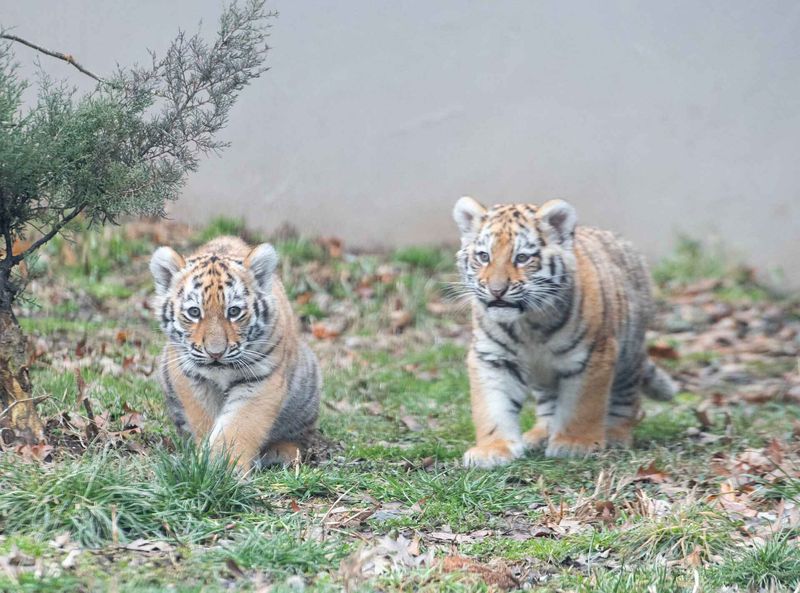
These captivating cubs serve as furry ambassadors for their wild counterparts.
Visitors who connect emotionally with the cubs often become conservation supporters, funding anti-poaching patrols and habitat protection.
Educational programs surrounding the births highlight sustainable choices that benefit tigers, from avoiding products containing palm oil to supporting legislation protecting endangered species worldwide.
15. What’s Next For These Endangered Tigers

As the cubs mature, they’ll likely join breeding programs at other accredited facilities.
Their offspring could eventually participate in rewilding initiatives within protected reserves. Meanwhile, data gathered throughout their development enhances scientific understanding of tiger behavior, nutrition, and reproduction.
Through these cubs, Roosevelt Park Zoo contributes directly to the species’ long-term survival plan.

